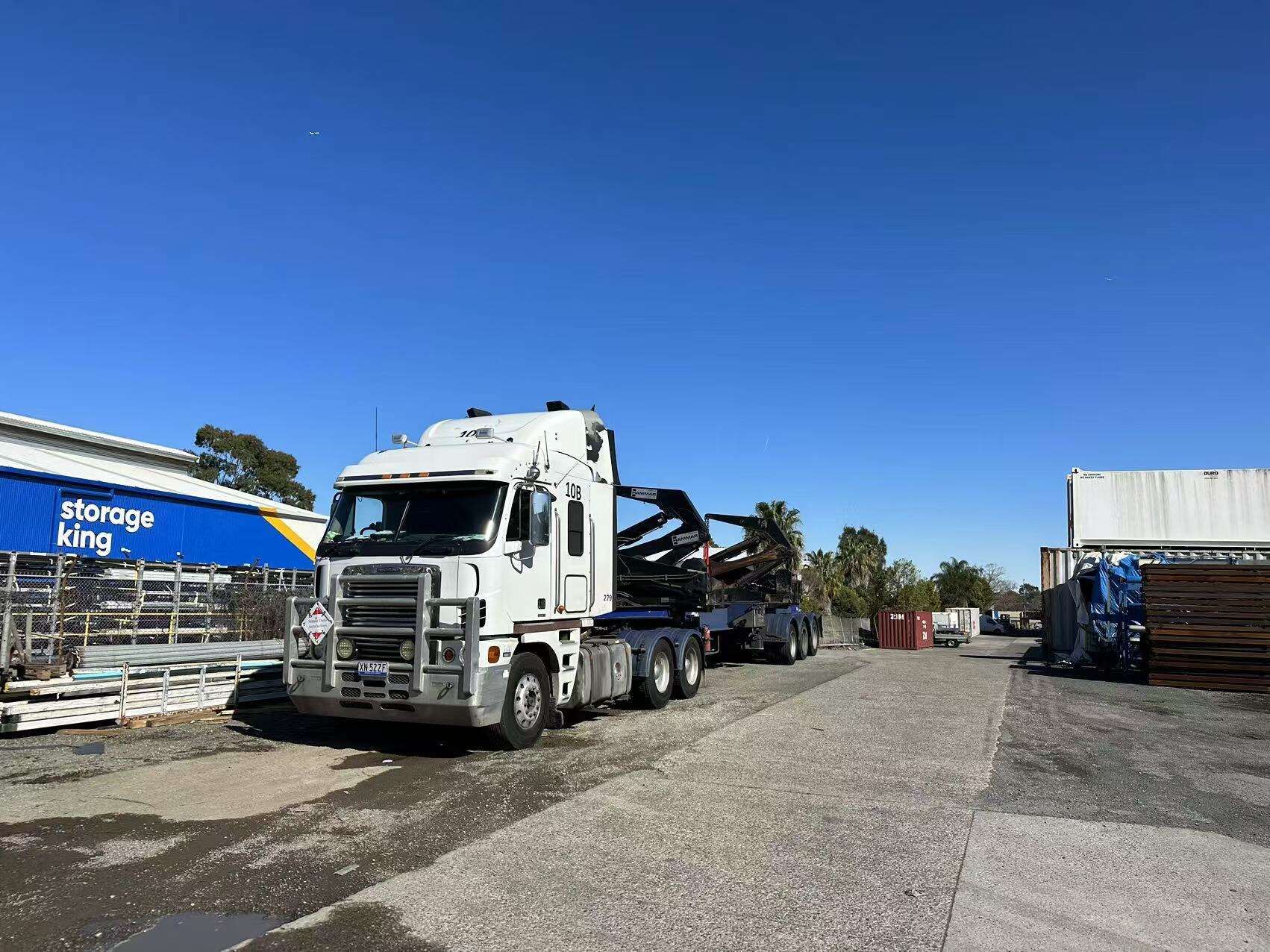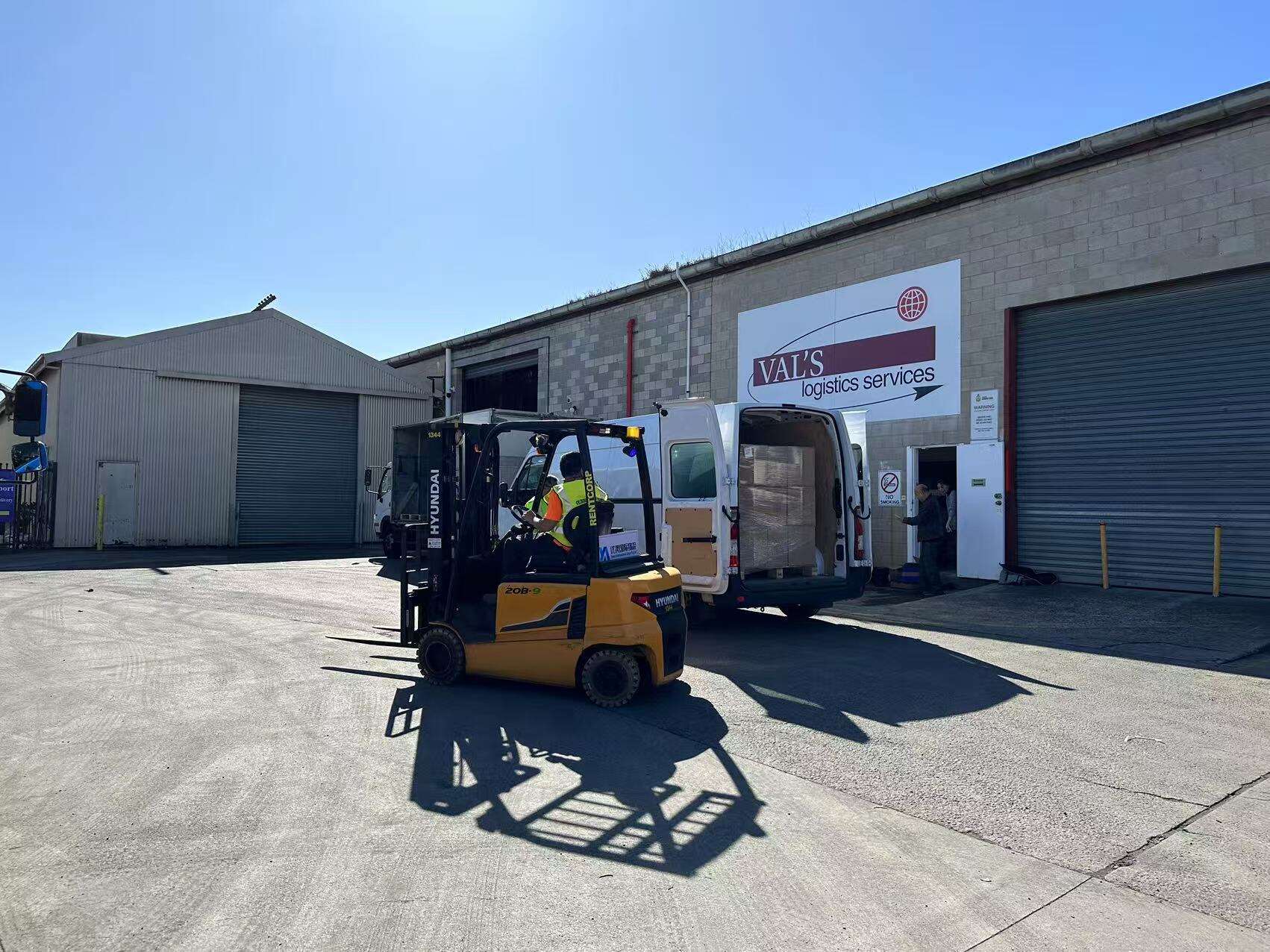Air Freight vs. Sea Freight: Core Differences
Speed and Delivery Timelines
Understanding the speed and delivery timelines of air and sea freight is crucial for businesses making time-sensitive shipments. Air freight typically offers the fastest delivery times, usually taking between 1-3 days, making it an ideal choice for urgent shipments or when quick turnover is critical. In contrast, sea freight can take several weeks or even months to reach its destination, due to the longer distance traveled and potential delays from port congestion or customs procedures. It's important to consider factors such as holidays or global disruptions, which can further impact delivery timelines and efficiency. When choosing between the two, businesses need to balance the need for speed against other factors like cost and shipment size.
Cost Implications: Premium vs. Budget Options
The cost implications of choosing between air and sea freight can significantly influence logistics decisions. Air freight generally comes at a premium due to higher operational costs associated with airlines, such as fuel and security measures. The price of air transport is typically influenced by factors including distance, weight, and the nature of the goods being shipped. While sea freight tends to be more cost-effective, particularly for larger shipments, air freight offers the advantage of speed, crucial for high-value items that benefit from heightened security. Businesses can optimize their logistics expenses by thoroughly evaluating budget options and understanding the cost-benefit dynamic tied to shipment urgency and security.
Shipment Capacity and Size Limitations
Both air and sea freight have distinct advantages and limitations regarding shipment capacity. Air freight has stricter weight and size constraints, generally capping shipments at around 20-30 tons, which necessitates careful planning and often higher costs for oversized items. In contrast, sea freight can accommodate much larger and heavier shipments, boasting capacities that allow for thousands of tons of cargo. This significant difference means that choosing the appropriate mode of transport can directly influence logistics planning and overall supply chain efficiency. When planning shipments, it's essential to consider these limitations as they affect decisions regarding shipment size, cost, and delivery timelines.
Security and Handling Protocols
Security and handling protocols are critical considerations when deciding between air and sea freight, each having distinct measures tailored to their operational nature. Air freight generally incorporates more stringent security protocols due to the inherent risks of air transportation, including rigorous checks and specialized documentation. This can offer greater peace of mind for shippers transporting valuable or sensitive goods. On the other hand, handling protocols also play a role; air cargo often requires specialized packaging to withstand pressures and temperature variations during flight. Understanding these aspects helps businesses mitigate risks and ensure their shipments are handled with care during transit.
Cost Analysis: Air and Sea Freight Pricing Structures
Volumetric Weight vs. Container Rates
Freight charges in air cargo are typically based on volumetric weight, which calculates the cost by considering both the size and weight of the shipment. This can lead to higher costs for lightweight but bulky items as the calculation may prioritize volume over actual weight. In contrast, sea freight commonly uses container rates, making it more economical for larger and heavier shipments. By recognizing these distinct pricing structures, businesses can better assess how their shipping choices affect overall costs, particularly when deciding between air freight and sea freight options.
Peak Season Surcharges for Air Cargo
Air freight costs can significantly increase during peak seasons, such as holidays, due to heightened demand affecting rates and availability. To mitigate these surcharges, businesses should strategically plan their logistics well ahead of peak times. Anticipating these changes and understanding demand trends ensures an organization is well-prepared to manage additional costs effectively, thus optimizing logistics budgets and operations during busy periods.
LCL and FCL Options in Ocean Freight
Sea freight offers Less than Container Load (LCL) and Full Container Load (FCL) options that cater to different shipment sizes and budgets. LCL is tailored for smaller shipments, where costs are calculated based on occupied volume, whereas FCL provides a whole container, generally more cost-effective for larger volumes. Choosing between LCL and FCL based on shipment size can not only lead to significant savings but also enhance supply chain efficiency by optimizing space and cost.
Hidden Fees in International Freight Shipping
Both air and sea freight can sometimes entail hidden fees such as customs duties, handling charges, and insurance. These additional costs can complicate budgeting and transparency in freight pricing, making them crucial elements to consider for accurate logistics financial planning. Conducting comprehensive research and seeking expert advice can significantly help in identifying and mitigating unexpected expenses, ensuring a smooth and cost-effective shipping experience.
Transit Times and Reliability in International Shipping
Guaranteed Air Freight Schedules
Air freight services frequently offer guaranteed shipping schedules, a crucial feature for businesses operating under strict timelines. This reliability ensures that goods reach their destinations promptly, which is essential for maintaining a seamless supply chain and satisfying customer expectations. By choosing air freight, businesses can prioritize dependability, which in turn helps them manage inventory levels more effectively and reduce the risks associated with delayed shipments.
Port Congestion and Sea Freight Delays
Port congestion is a common challenge in sea freight, significantly impacting transit times and overall reliability. Weather conditions and global trade dynamics can further exacerbate these issues, leading to shipment delays and potential disruptions in supply chains. It's essential for businesses to account for these variables when planning logistics. Anticipating potential delays allows companies to develop contingency plans, ensuring that inventory and customer demand are balanced.
Impact of Chinese New Year on Shipping from China
Chinese New Year introduces notable disruptions to shipping schedules, substantially affecting supply chains originating from China. As businesses pause operations to celebrate this major holiday, delays can stretch weeks, impacting global logistics networks. To mitigate these effects, it's advisable for organizations to strategically schedule shipments well in advance. By proactively strategizing, businesses can maintain consistent inventory levels and meet customer demands through this annual bottleneck.
Multi-Modal Solutions for Time-Sensitive Goods
Leveraging multi-modal solutions, which integrate both air and sea freight, can significantly enhance delivery speed and cost efficiency for time-sensitive shipments. This strategy provides the flexibility necessary for businesses to meet tight delivery deadlines without incurring the high costs typically associated with expedited shipments. Evaluating and implementing multi-modal options can optimize logistics operations, enabling businesses to remain resilient and responsive to varying market demands.
Environmental Impact: Carbon Footprint Comparison
CO2 Emissions: Air vs. Sea Freight
When comparing CO2 emissions, air freight significantly outweighs sea freight per ton-mile, making it a less sustainable choice. The high energy consumption of air transport results in a carbon footprint much larger than that of ocean freight, which is why many businesses are prioritizing eco-friendly logistics practices. Understanding these emissions statistics is crucial for businesses aiming to reduce their carbon footprints. For instance, the carbon emissions from sea freight are considerably lower, which encourages companies to consider ocean transport as a more sustainable option.
Sustainable Practices in Freight Shipping
The logistics industry is witnessing a growing trend toward the adoption of sustainable practices in both air and sea freight. This includes the use of biofuels and carbon offsets to mitigate environmental impact. Companies that are proactive in integrating eco-friendly practices not only enhance their brand image but also appeal to environmentally conscious consumers. Evaluating the sustainability efforts of freight suppliers can significantly boost a company’s corporate responsibility credentials. For instance, collaborating with logistics providers that use renewable energy or green certifications can be a strategic move towards sustainability.
Green Initiatives for Shipping from China to USA
With the long distance involved in shipping from China to the USA, implementing green initiatives in logistics becomes particularly vital. Innovations like energy-efficient freight vessels and the integration of renewable energy sources signify a shift towards more sustainable shipping practices. Understanding and engaging with these initiatives help businesses align with global sustainability goals. For example, using vessels powered by cleaner fuels or participating in carbon offset programs can markedly reduce the environmental impact of transpacific shipping operations.
Balancing Speed with Sustainability Goals
Balancing the need for delivery speed with sustainability objectives poses a significant challenge for companies. It's crucial to recognize the trade-offs between choosing air and sea freight, as they provide different benefits in terms of speed and environmental impact. Implementing comprehensive sustainability strategies enables businesses to make more informed shipping decisions that align with their environmental goals. For instance, opting for slower but less carbon-intensive transport modes whenever possible can help maintain a commitment to green logistics without severely compromising on delivery times.
Choosing the Right Mode: Decision-Making Framework
When Air Freight Excels (Urgency, High-Value Goods)
Air freight is the ideal choice when shipping urgent or high-value goods due to its speed and reliability. When the need for immediate delivery of perishable or sensitive items arises, air freight's rapid transit times—often just a few days—prove invaluable. This mode is essential for goods where quality maintenance is critical throughout the shipping process. Additionally, educating decision-makers on the inherent benefits and costs of air cargo can enhance operational efficiency. By understanding cargo nature and timeframes, businesses can better manage logistics and optimize their supply chains.
Opting for Sea Freight (Bulk, Non-Perishable Cargo)
Sea freight is the go-to option for transporting bulk or non-perishable cargo, primarily due to cost-effectiveness. It is an excellent choice for businesses aiming to minimize transportation costs without the urgency of speed, offering immense savings and operational efficiencies. This mode of transportation is particularly advantageous when handling sizable shipments, as the cost per unit weight decreases with larger volumes. Understanding the specifics of the cargo helps in selecting the most effective shipping method, empowering businesses to make informed logistical decisions.
Hybrid Strategies for Supply Chain Resilience
Combining air and sea freight in hybrid strategies is a powerful approach to improving supply chain resilience and flexibility. This enables companies to swiftly adapt to fluctuating market conditions and dynamic customer demands. By analyzing past shipping data, businesses can craft a customized hybrid freight plan for future needs, balancing cost, time, and reliability. Such strategies allow companies to mitigate risks associated with unforeseen disruptions, ensuring consistent delivery performance and customer satisfaction.
Evaluating Freight Shipping from China to USA
When assessing freight shipping from China to the USA, a comprehensive evaluation of logistics costs and delivery feasibility is vital. This involves identifying trustworthy freight forwarders and gaining a thorough understanding of local regulations, both of which can greatly impact the success of shipments. Engaging with experts in international shipping is crucial for selecting optimal freight solutions tailored to specific business requirements. By making informed decisions, businesses can streamline their operations and enhance their global logistics strategy.
FAQ
What are the main differences between air and sea freight?
Air freight is generally faster but more costly than sea freight, which is typically slower but more economical, especially for large shipments.
How can businesses decide between using air or sea freight?
Consider factors such as shipment urgency, cost, size, security, and environmental impact to make an informed decision.
What factors can affect the delivery timeline of freight shipments?
Delivery timelines can be influenced by factors such as port congestion, weather, holidays, and global disruptions.
Are there hidden costs associated with freight shipping?
Yes, there can be hidden fees such as customs duties, handling charges, and insurance, which should be accounted for in logistics planning.
Table of Contents
-
Air Freight vs. Sea Freight: Core Differences
- Speed and Delivery Timelines
- Cost Implications: Premium vs. Budget Options
- Shipment Capacity and Size Limitations
- Security and Handling Protocols
- Cost Analysis: Air and Sea Freight Pricing Structures
- Volumetric Weight vs. Container Rates
- Peak Season Surcharges for Air Cargo
- LCL and FCL Options in Ocean Freight
- Hidden Fees in International Freight Shipping
- Transit Times and Reliability in International Shipping
- Guaranteed Air Freight Schedules
- Port Congestion and Sea Freight Delays
- Impact of Chinese New Year on Shipping from China
- Multi-Modal Solutions for Time-Sensitive Goods
- Environmental Impact: Carbon Footprint Comparison
- CO2 Emissions: Air vs. Sea Freight
- Sustainable Practices in Freight Shipping
- Green Initiatives for Shipping from China to USA
- Balancing Speed with Sustainability Goals
- Choosing the Right Mode: Decision-Making Framework
- When Air Freight Excels (Urgency, High-Value Goods)
- Opting for Sea Freight (Bulk, Non-Perishable Cargo)
- Hybrid Strategies for Supply Chain Resilience
- Evaluating Freight Shipping from China to USA
- FAQ




